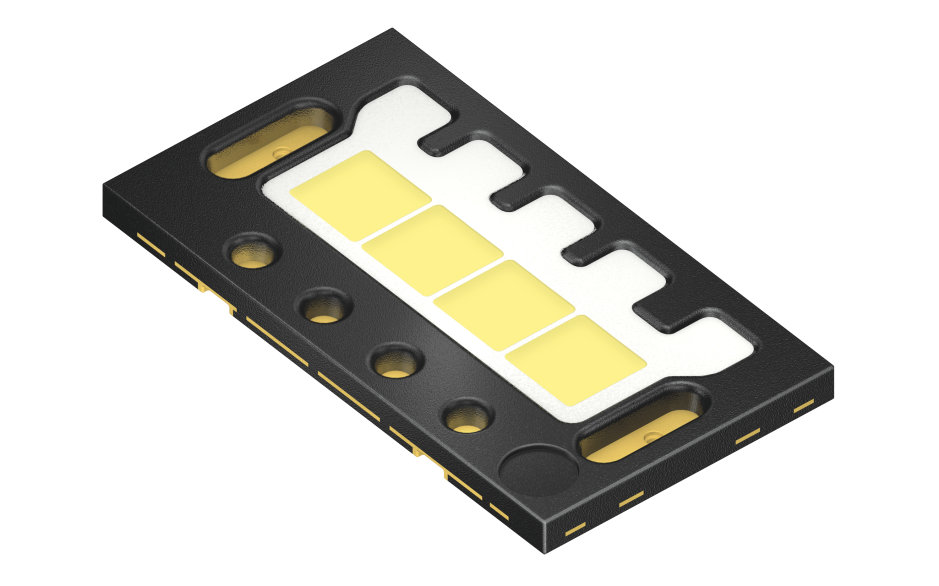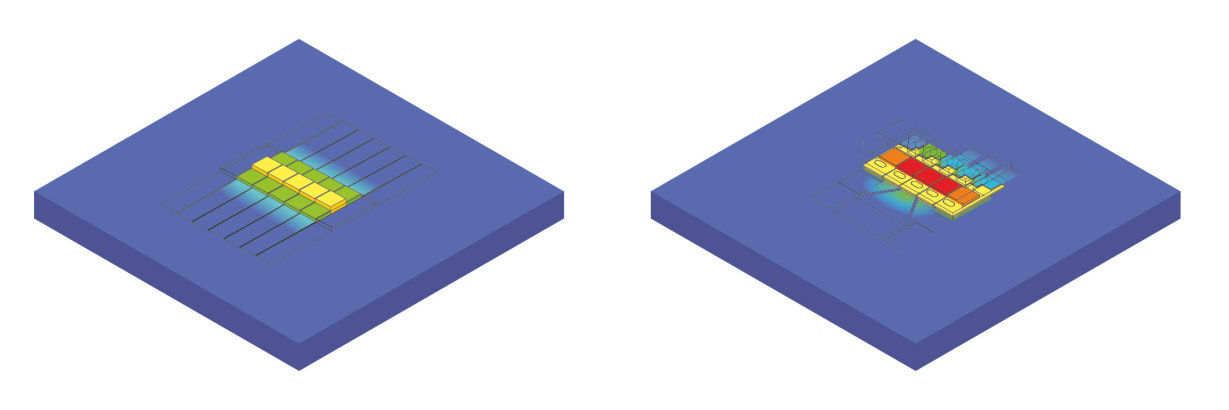ABOUT OSRAM
OSRAM of Munich, Germany is one of the two leading light manufacturers in the world. The company's portfolio covers the entire value chain from components – including lamps, electronic control gear and opto semiconductors such as light-emitting diodes (LED) – as well as luminaires, light management systems and lighting solutions. OSRAM has around 34,000 employees worldwide and generated revenue of more than €5.1 billion in fiscal 2014 (ended September 30). The company's business activities have been focusing on light – and hence on quality of life – for over 100 years. The company was listed on the stock exchanges in Frankfurt and Munich on July 8, 2013 (ISIN: DE000LED4000; WKN: LED 400; Trading symbol: OSR).
Additional information can be found at www.osram.com.
DISCLAIMER
This document contains statements and information pertaining to our future business and financial performance and future developments that may constitute forward-looking statements – i.e. statements about processes that take place in the future, not in the past. These statements pertaining to the future can be identified by expressions such as "anticipate", "expect", "want", "intend", "plan", "believe", "aspire", "estimate", "will”, "predict" or words of similar meaning. Such statements are based on current expectations and certain assumptions of OSRAM‟s management. They are, therefore, subject to certain risks and uncertainties. A variety of factors, many of which are beyond OSRAM‟s control, affect OSRAM‟s operations, performance, business strategy and results and could cause the actual results, performance or achievements of OSRAM to be material different from any future results, performance or achievements that may be expressed or implied by such forward-looking statements or anticipated on the basis of historic trends. These factors include in particular, but are not limited to the matters described in the chapter “Report on Risks and Opportunities” in the Annual Report of OSRAM Licht Group. Should one or more of these risks or uncertainties materialize, or should underlying assumptions prove incorrect, actual results, performance or achievements of OSRAM may vary materially from those described in the relevant forward-looking statement as being expected, anticipated, intended, planned, believed, sought, estimated or projected. OSRAM neither intends, nor assumes any obligation, to update or revise these forward-looking statements in light of developments which differ from those anticipated. Due to rounding, numbers presented throughout this and other documents may not add up precisely to the totals provided and percentages may not precisely reflect the absolute figures they reference.





